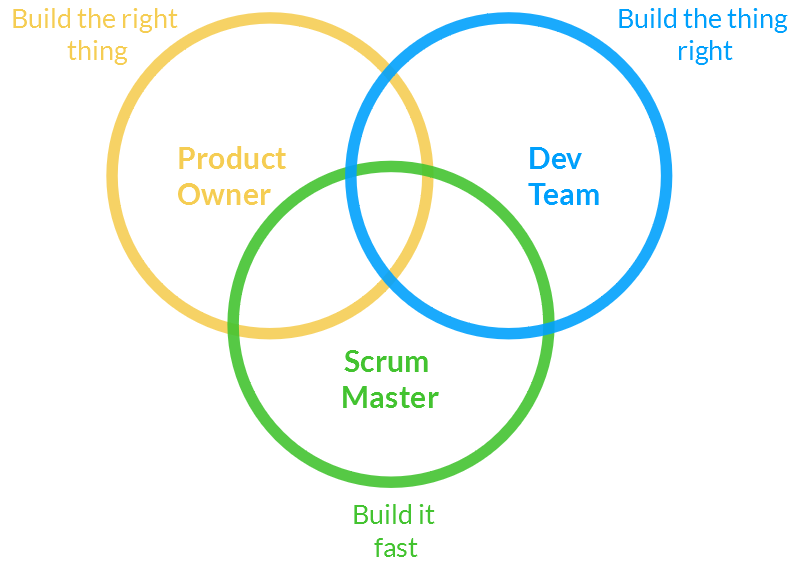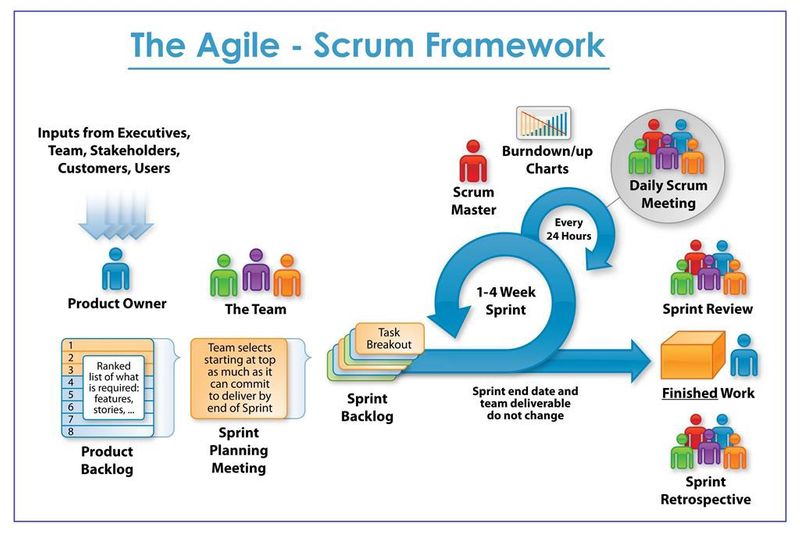
This logo isn't an ad or affiliate link. It's an organization that shares in our mission, and empowered the authors to share their insights in Byte form.
Rumie vets Bytes for compliance with our
Standards.
The organization is responsible for the completeness and reliability of the content.
Learn more
about how Rumie works with partners.
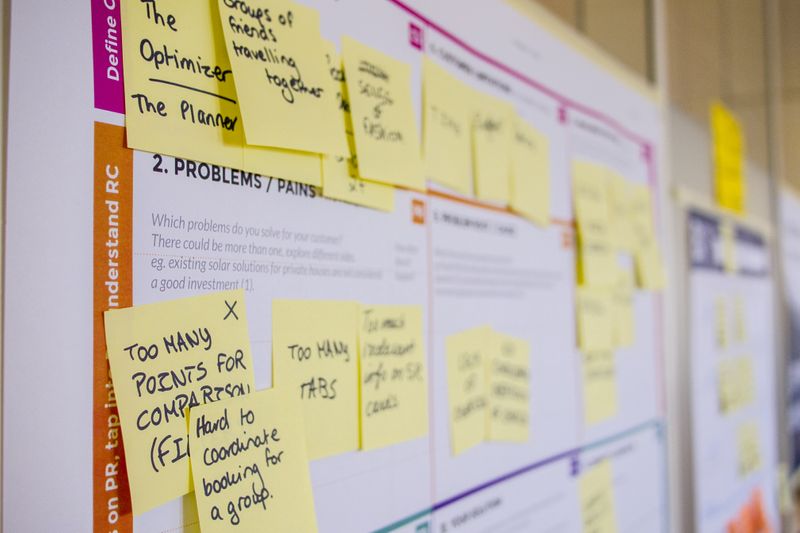 Photo by Daria Nepriakhina on Unsplash
Photo by Daria Nepriakhina on UnsplashHave you ever worked on a project where you had to wait until the end to see results? Did this frustrate you?
If you answered "yes" then Agile working environments may be the place for you.
Agile is an umbrella term for software development approaches that deliver software frequently - from a few weeks to a couple of months.
What makes Agile different to other project management approaches is that it has a strong focus on communication, collaboration, and continuous feedback.
What Is Scrum?
Scrum is an Agile framework that helps teams work together to address complex problems.
Much like rugby (where it gets its name) the team moves forward as a unit.
Scrum encourages teams to learn through experiences, self-organize while working on a problem, and reflect on their wins and failures to continuously improve.
A key principle of Scrum is the recognition that customers will change their minds about what they want or need.
There will be unpredictable challenges.
Before we go further, watch this video that explains the Scrum Framework.
Quiz
You work for a small company that's been in business for 50 years. You see lots of opportunities for improvement and you think you can achieve this by using Scrum to develop new products. What could you tell your manager to convince them to try Scrum?
Scrum is about delivering higher value more frequently. Because the product is delivered in increments and your customer is involved at every step, you can make sure you're building the right thing, with the most value. It is a misconception that Scrum means no time on planning or design, that there is no project documentation or that it's a way for leadership to micro-manage.
The Scrum Team
The Scrum Team consists of three main roles, namely a Product Owner (PO), a ScrumMaster and the Development Team.
The Product Owner represents the client or end user and prioritizes the work. This work is called a Product Backlog. The Product Backlog contains User Stories, which is a brief, plain-language explanation of what the team needs to build written from a user’s point of view.
The ScrumMaster is responsible for making the scrum process run smoothly.
The Development team is responsible for delivering work through the sprint (a time boxed period, usually two weeks in duration).
Quiz
Samira is a Product Owner. Which of the following is her responsibility?
The Product Owner is responsible for the Product Backlog. Anyone on the team can write User Stories, but it is the Product Owner's role to manage the Product Backlog and make sure the user stories are prioritized and ready for development.
Did you know?
This Byte was created by a volunteer professional that wanted to share this insight to help you succeed - no agenda, no cost.
Scrum Events
There are 5 main Scrum Events:
Sprint Planning: a time-boxed working session where the team agrees to complete a number of User Stories for the Sprint and it is called the Sprint Backlog.
Daily Scrum Meeting: a short communication meeting (no more than 15 mins) that happens once per day, where the team discusses what they are working on and if they have any roadblocks.
Product Backlog Refinement: a meeting where the team adds detail and estimates to the user stories in the product backlog. The purpose is to review items for future sprints.
Sprint Review: also called theSprint Demois held at the end of the Sprint where the team demonstrates the work completed and receives feedback from stakeholders.
Sprint Retrospective: Agile is about getting rapid feedback to make the product better. During the Sprint Retrospective, the team discusses what went well and how to improve future sprints.
Quiz
Kayvan is a Scrum Master. He is about to attend a session where the team reviews the Sprint and identifies ways to improve their performance. What is the name of this Scrum Event?
The Retrospective is the meeting where team members talk about what did they do well during the Sprint; what they didn't do well in the Sprint; and they identify action to improve in the next Sprint.
What Are Scrum Artifacts?
The most important Scrum artifacts are: the Product Backlog, the Scrum Board and a Burndown Chart.
Product Backlog:
It contains all the features listed and prioritized.
The Product Owner is responsible for the Product Backlog (PB).
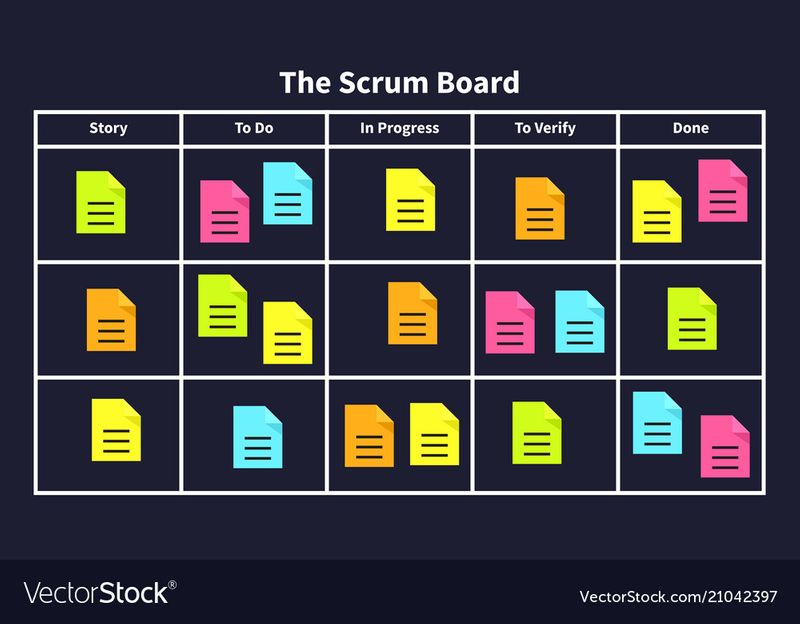
Scrum Board
A tool that helps teams visualize the work to do, in progress, and tasks that are done
The board can be physical or virtual and is updated by the Team
Burndown Chart
It is a graphical representation of work left to do versus time.
The outstanding work (or backlog) is often on the vertical axis, with time along the horizontal.
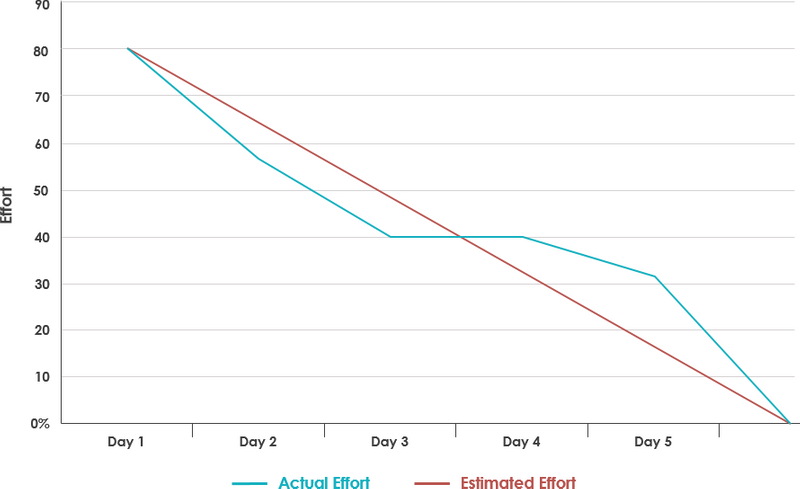
Quiz
Lisa is a developer on a Scrum Team. Every day she attends a Scrum Event where she ensures the Scrum Board is up to date. What is the name of this meeting?
The Daily Scrum is a recurring meeting where the team talks about their work. Each team members answers 3 questions: 1. What did you work on yesterday? 2. What are you working on today? 3. Do you have any blockers or impediments?
Take Action
 Photo by Austin Distel on Unsplash
Photo by Austin Distel on UnsplashHow can you apply Scrum in your current work or school life?
Can you start to do a retrospective on your own work or school week?
Ask yourself:
What went well?
What didn't go so well?
What you can do better next week?
Can you build a Scrum Board to visualize your own workload?
Create 3 columns:
To do: What is the work I have to do?
In Progress: What am i currently working on?
Done: What work have I completed?
This Byte has been authored by
Karen Mulchinock
Empathy is crucial to human centric design
